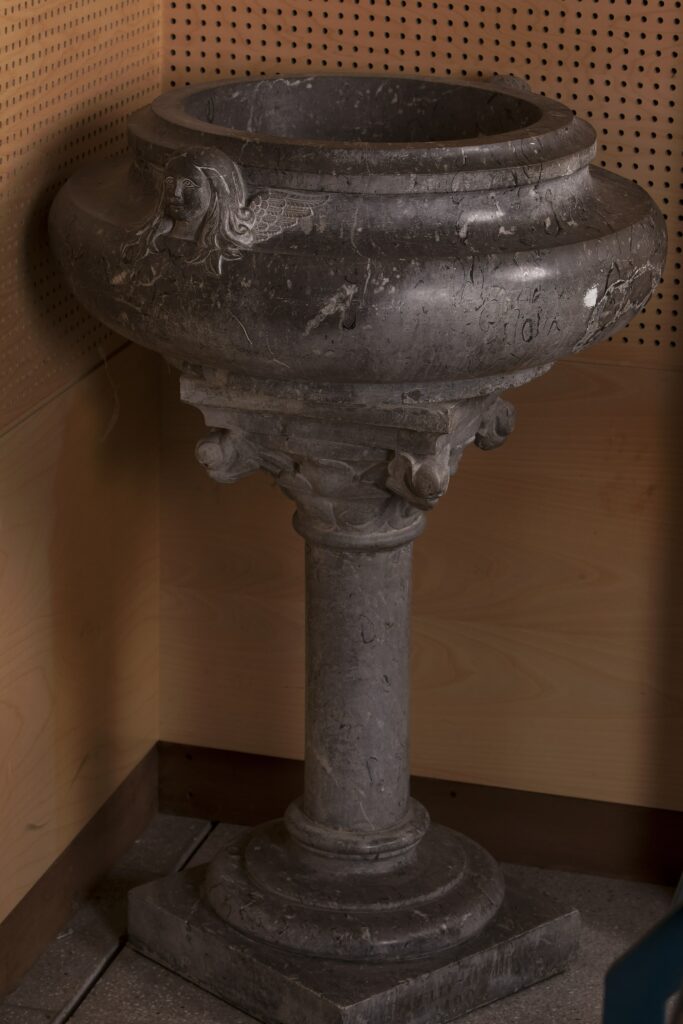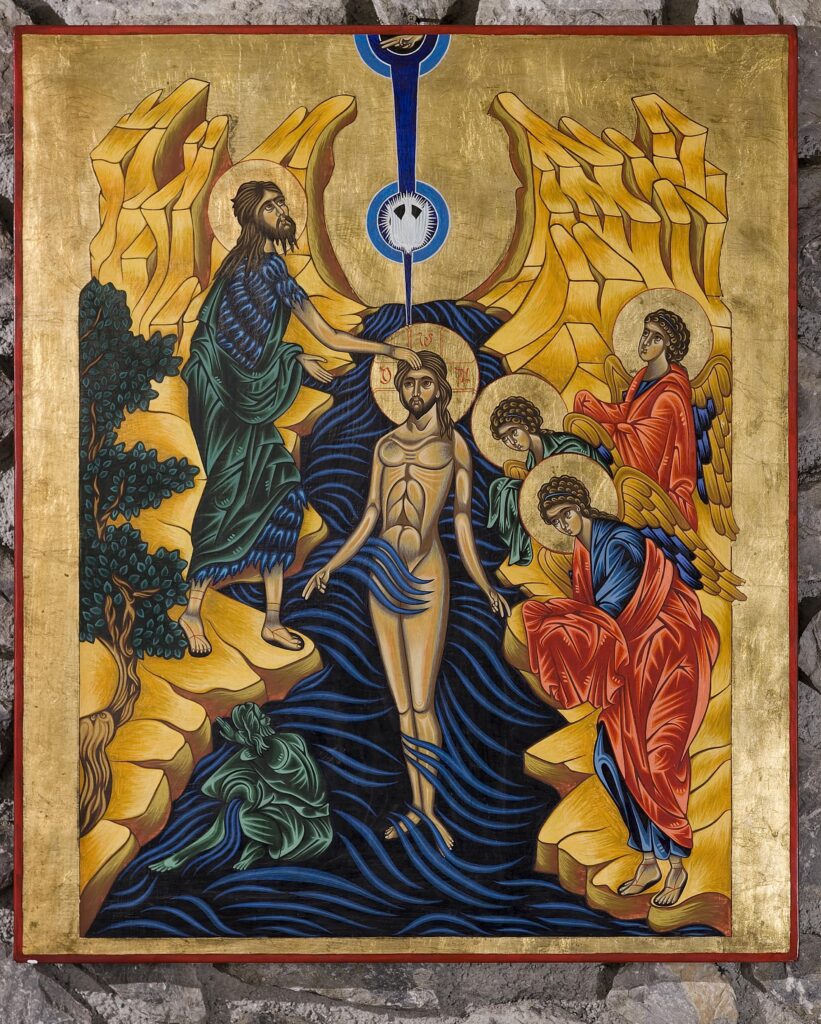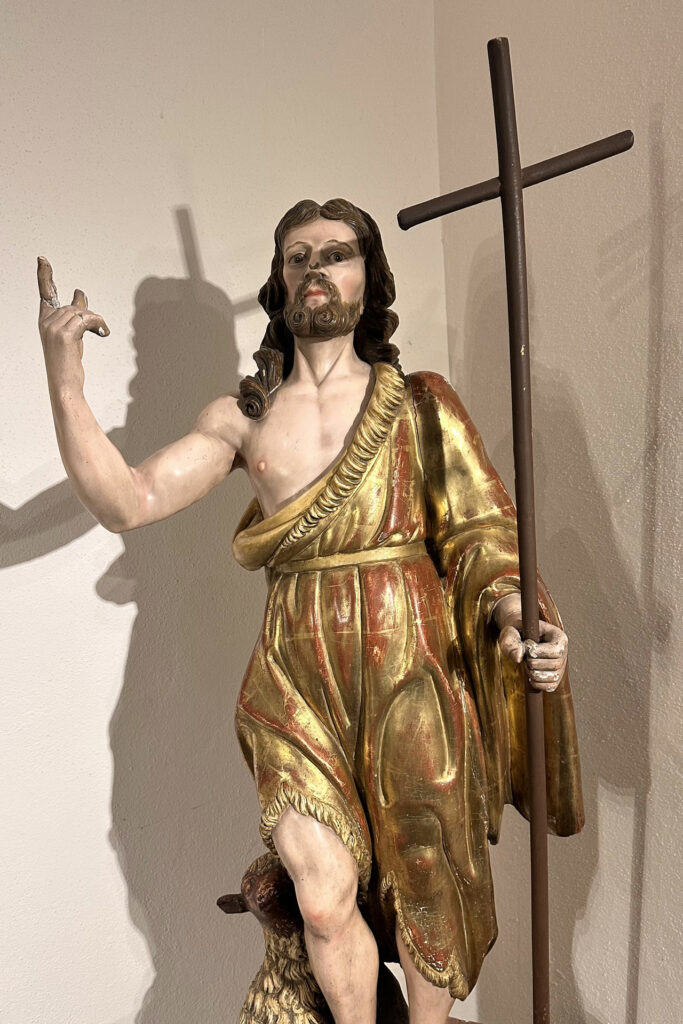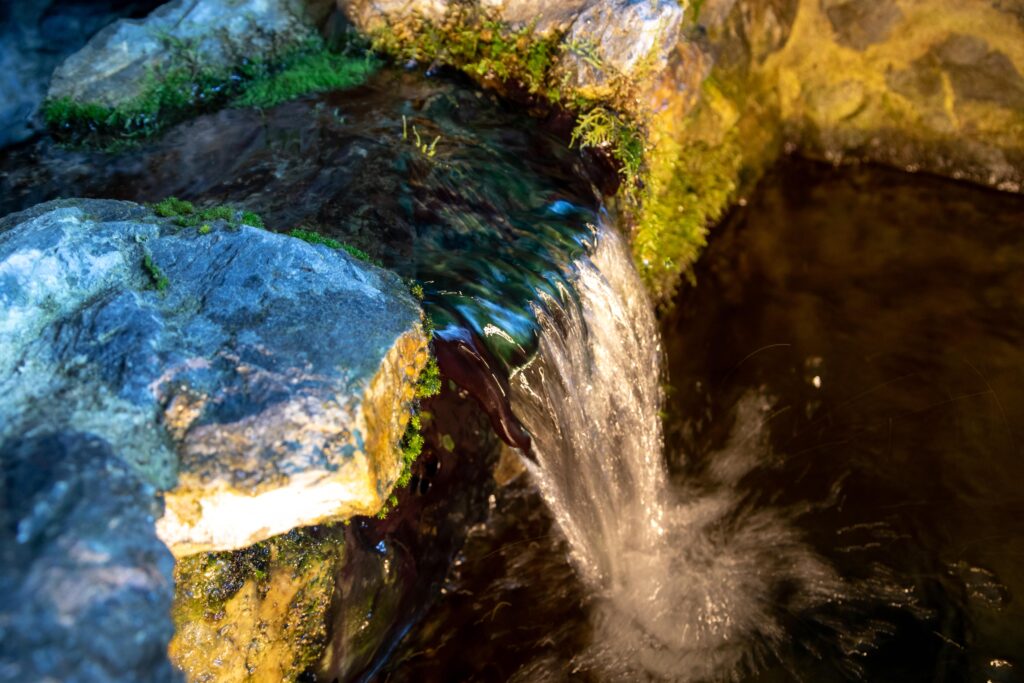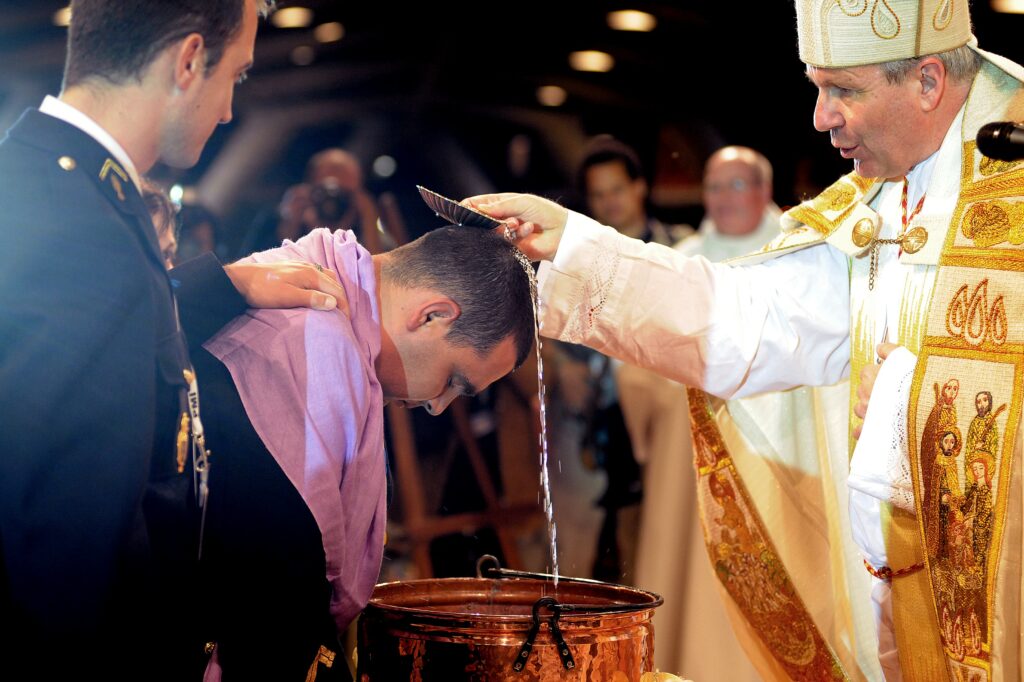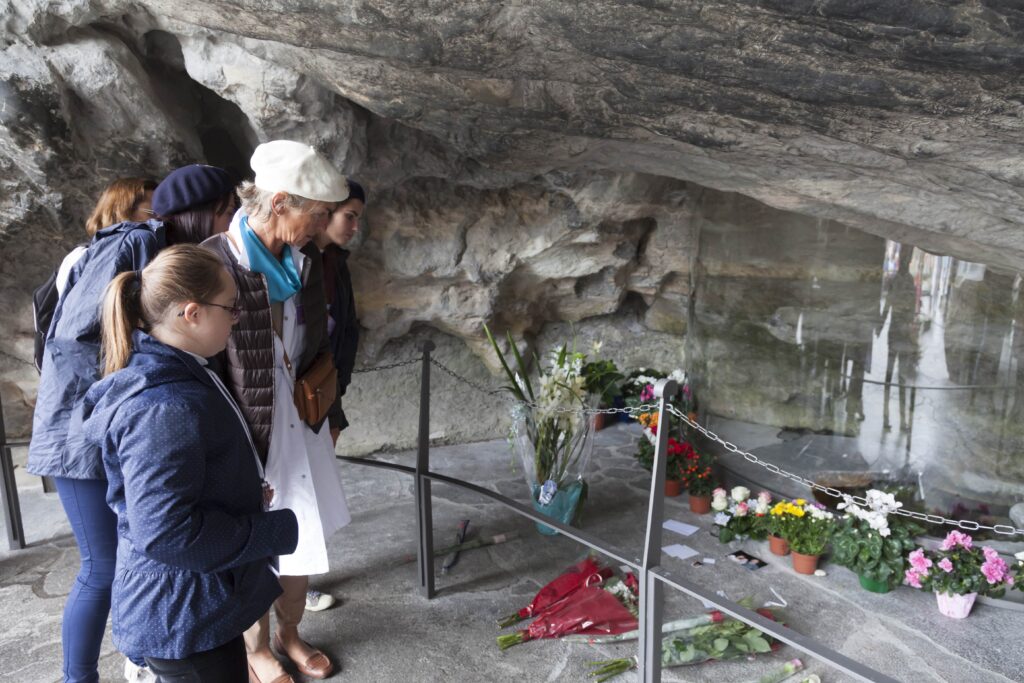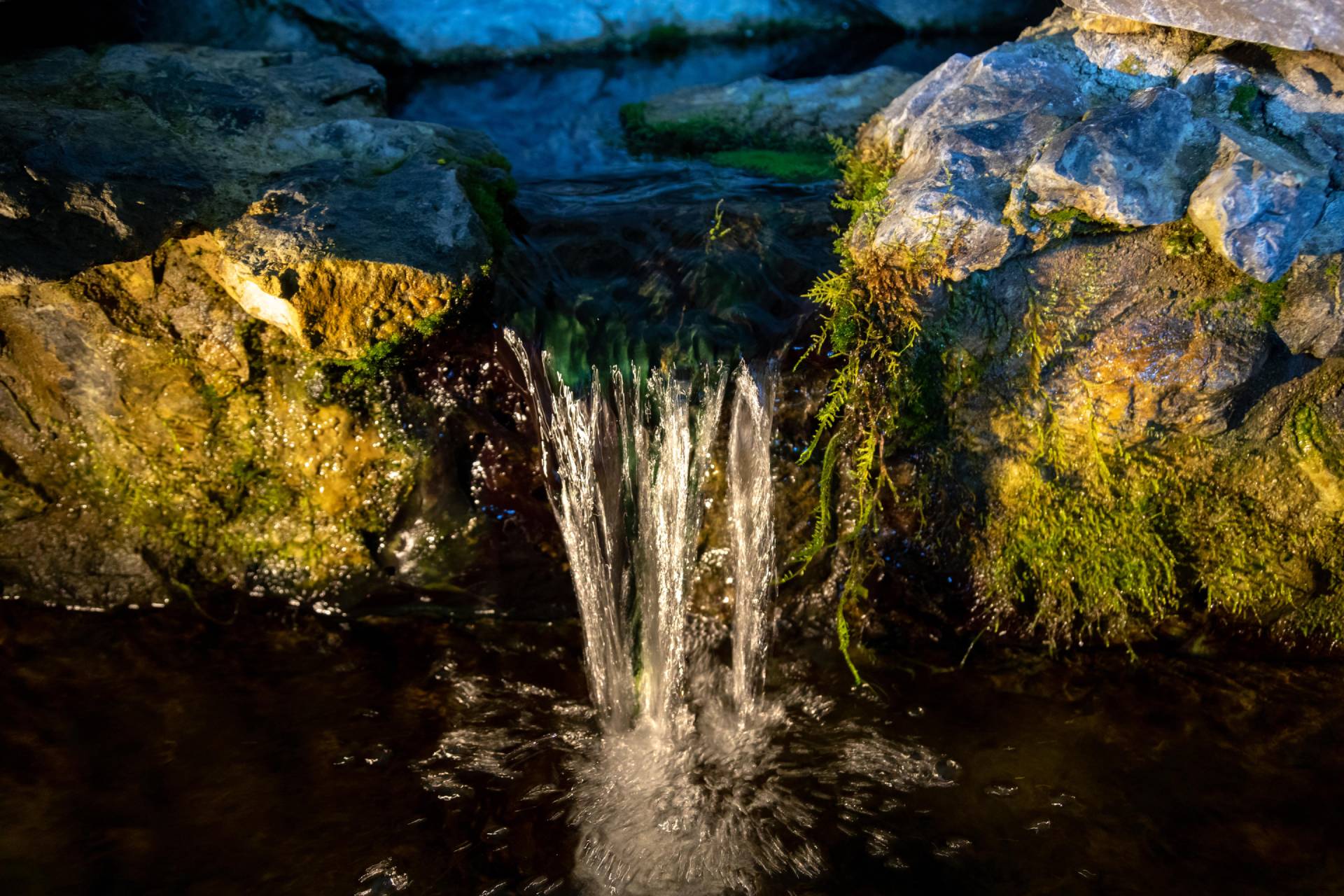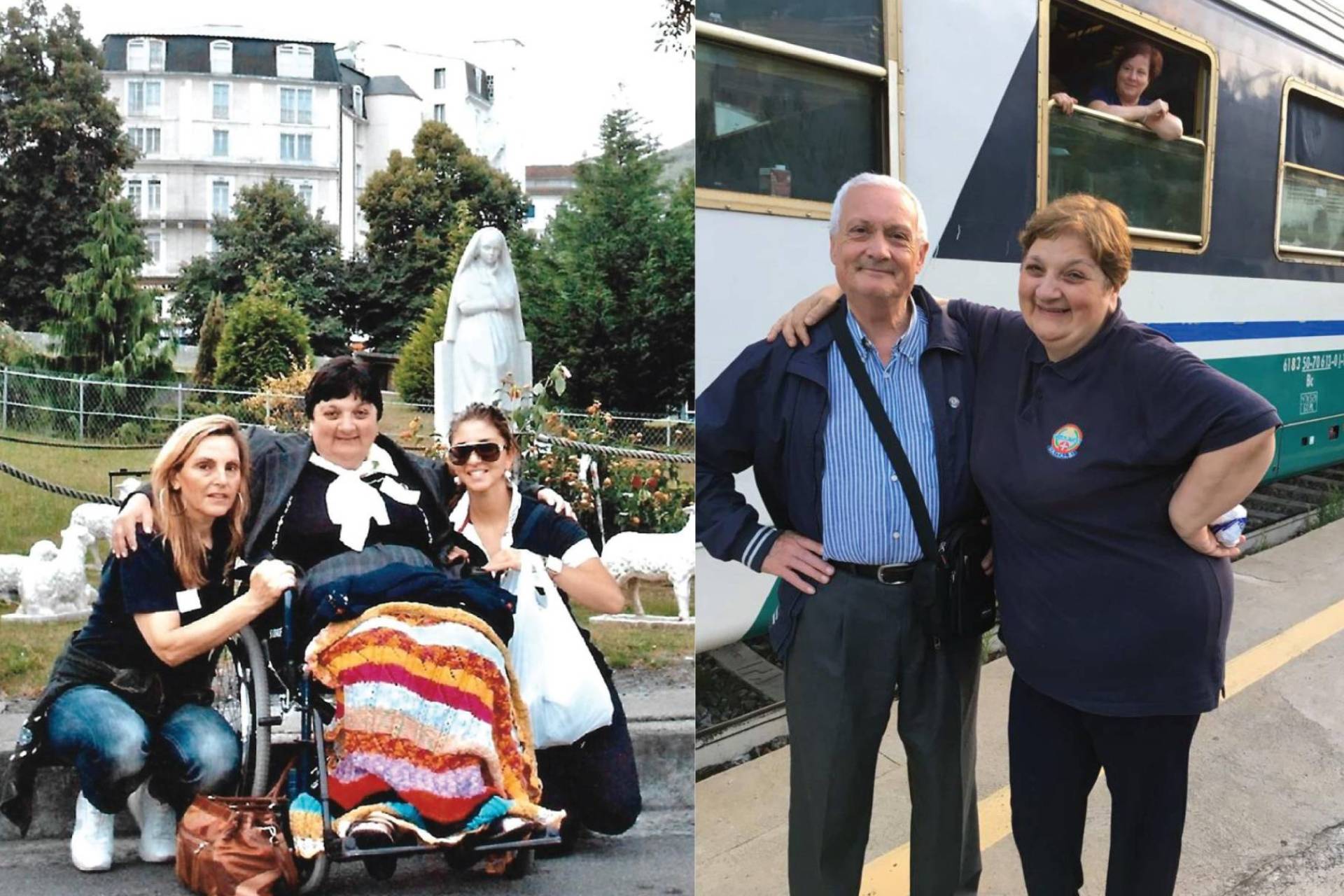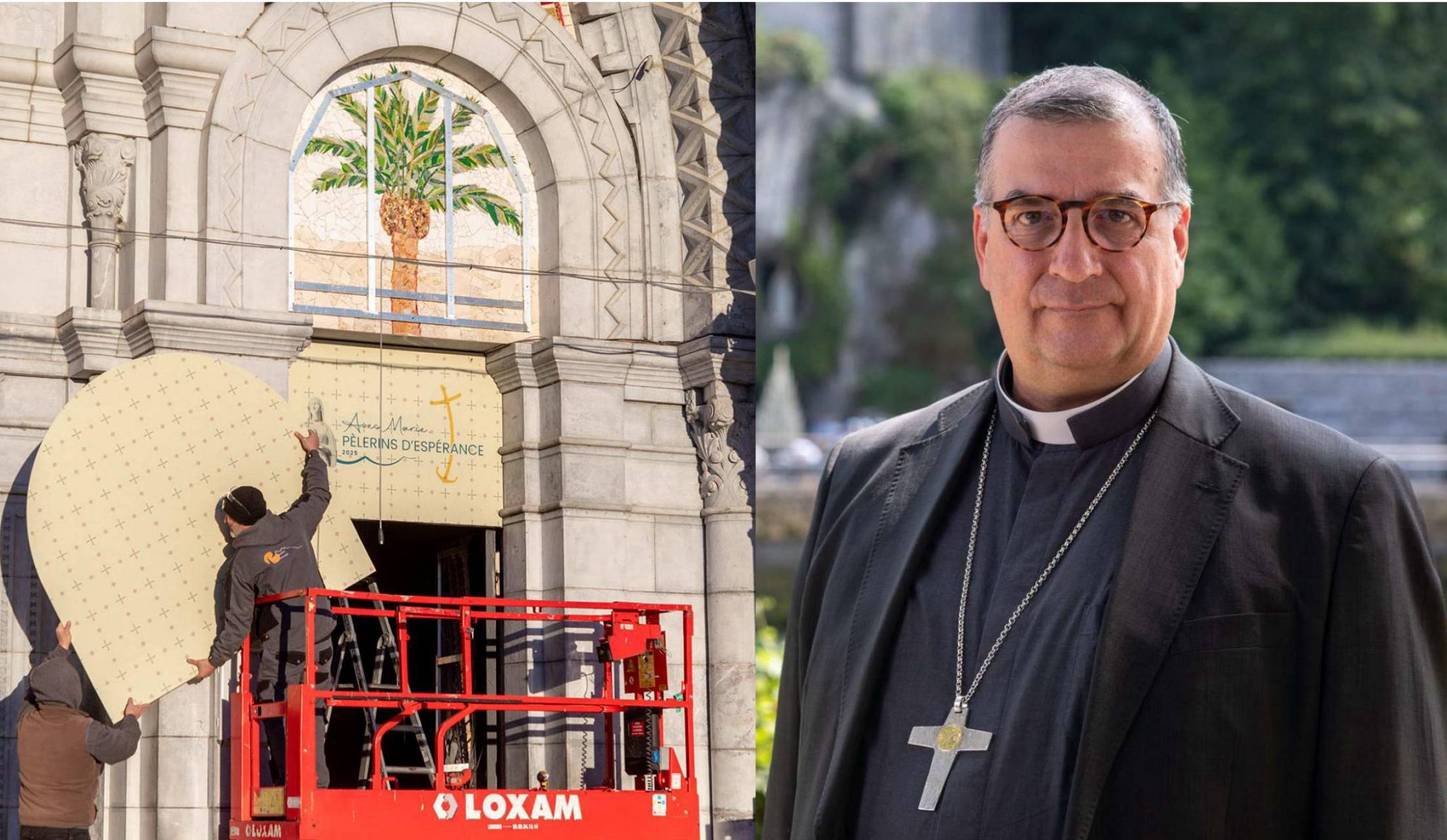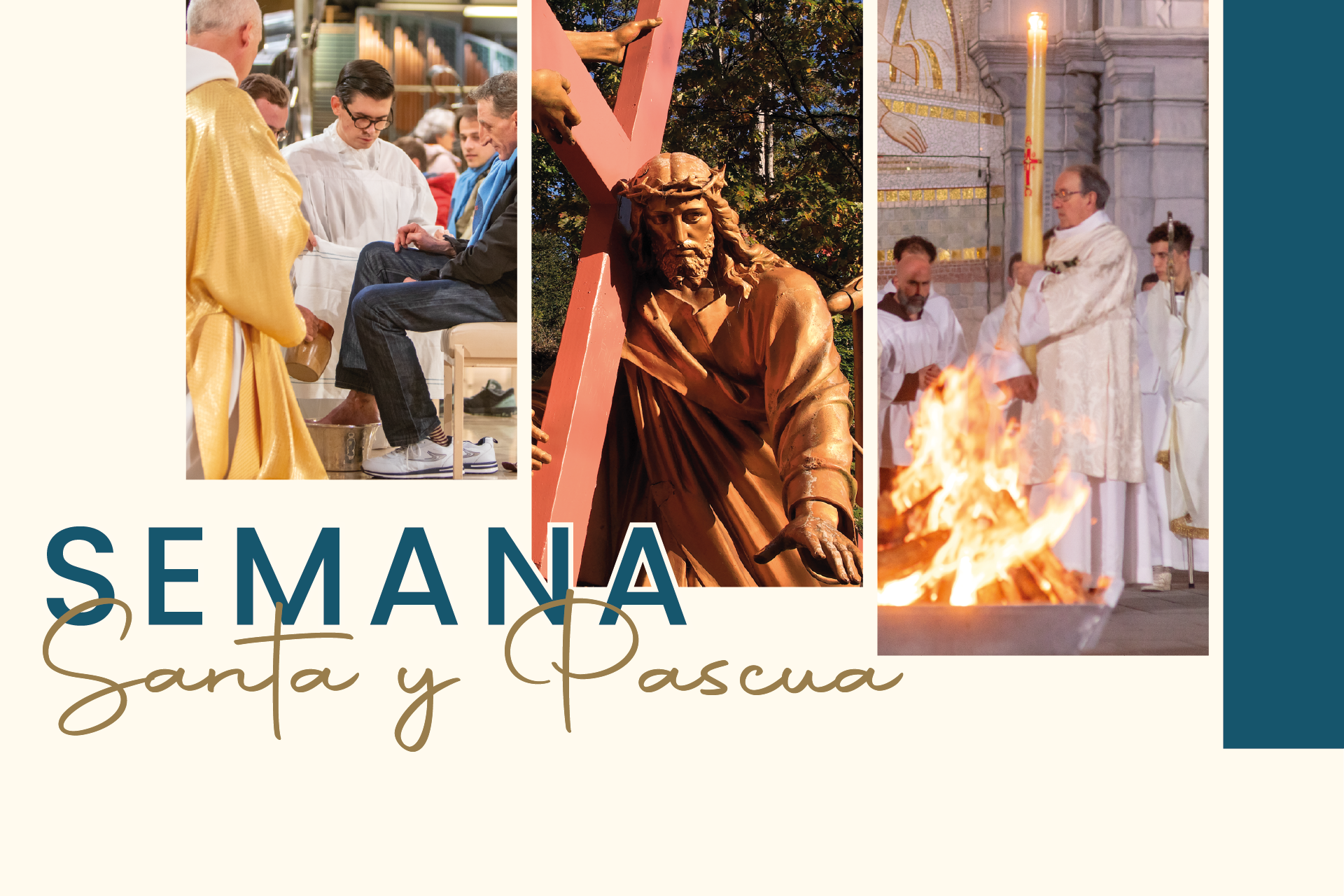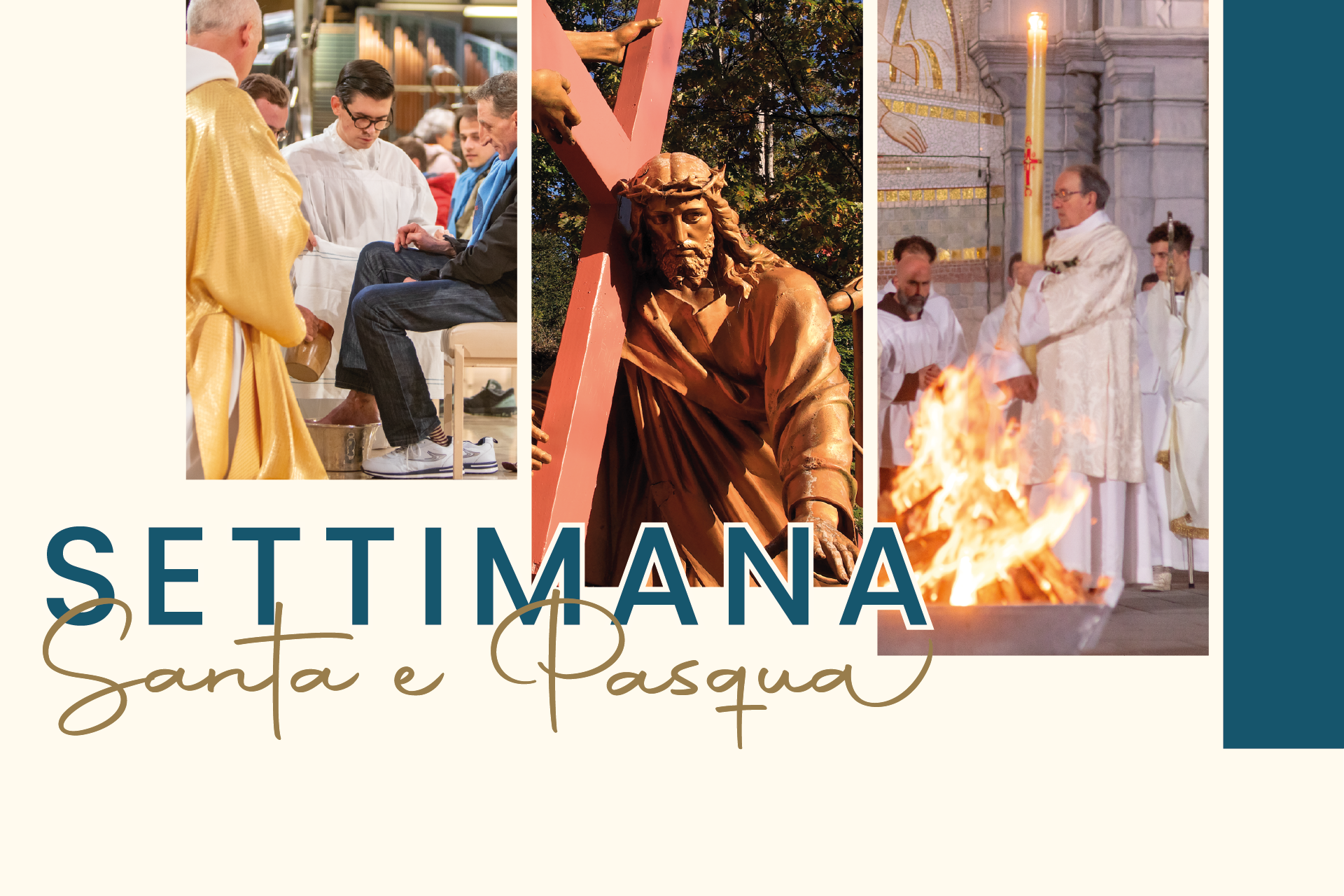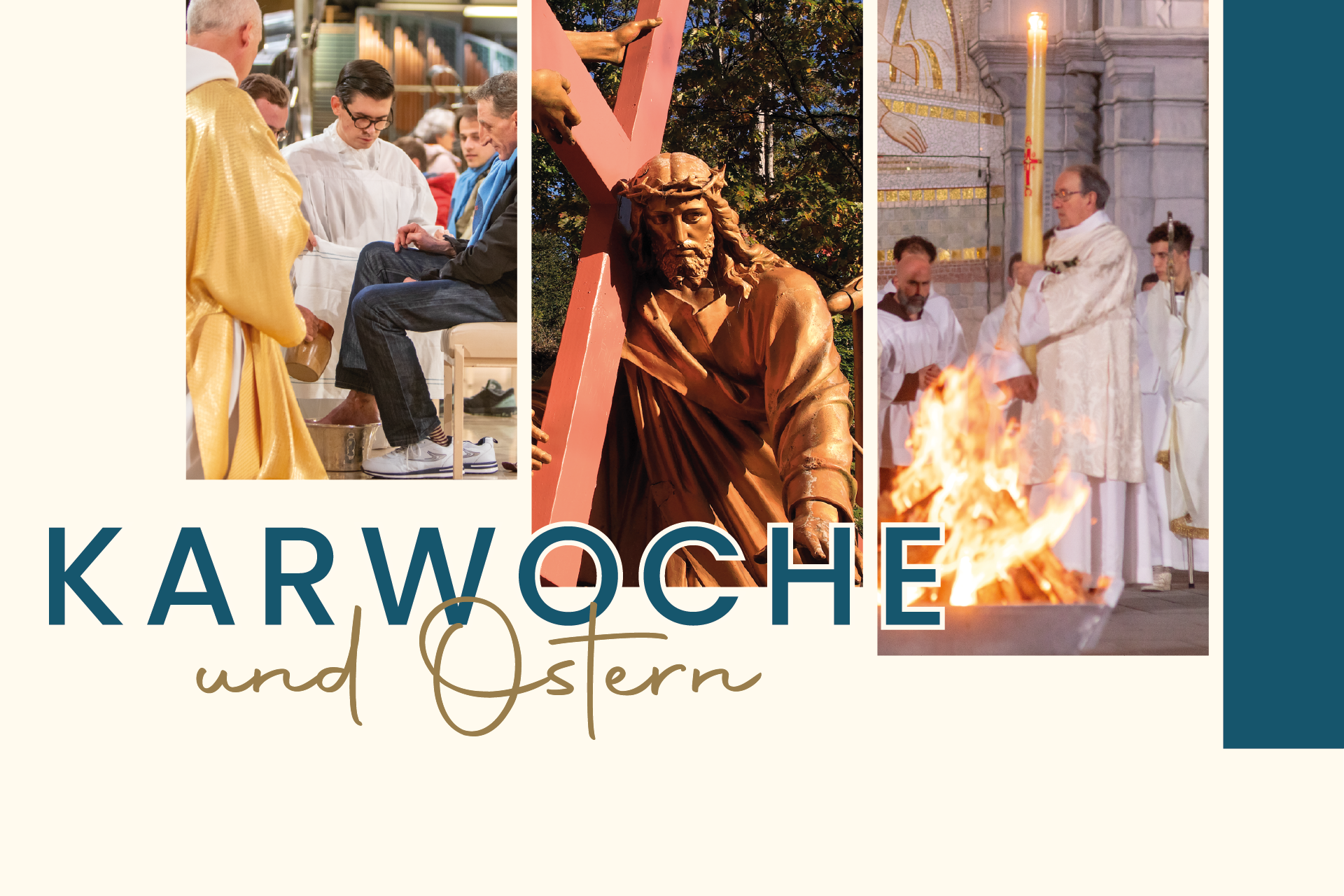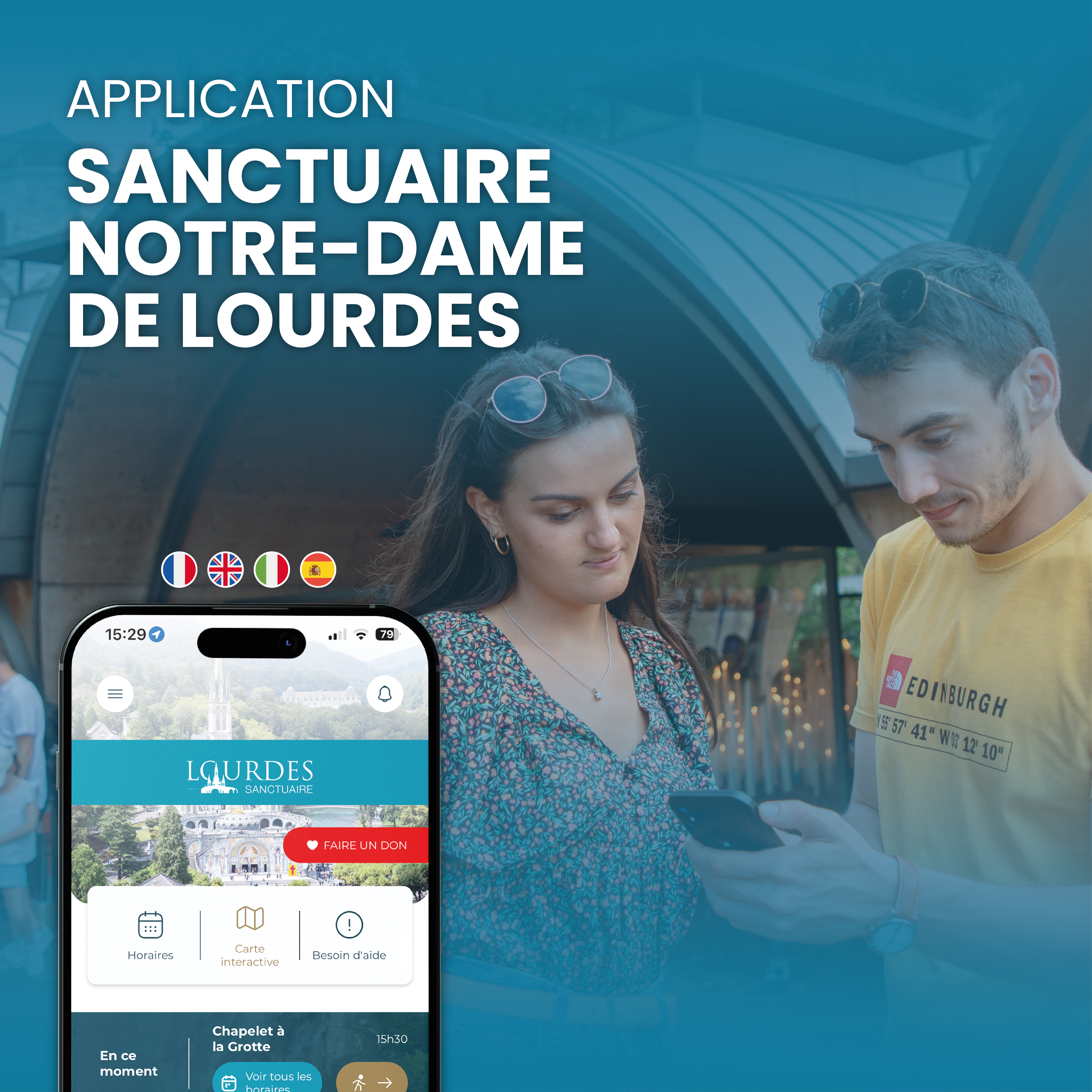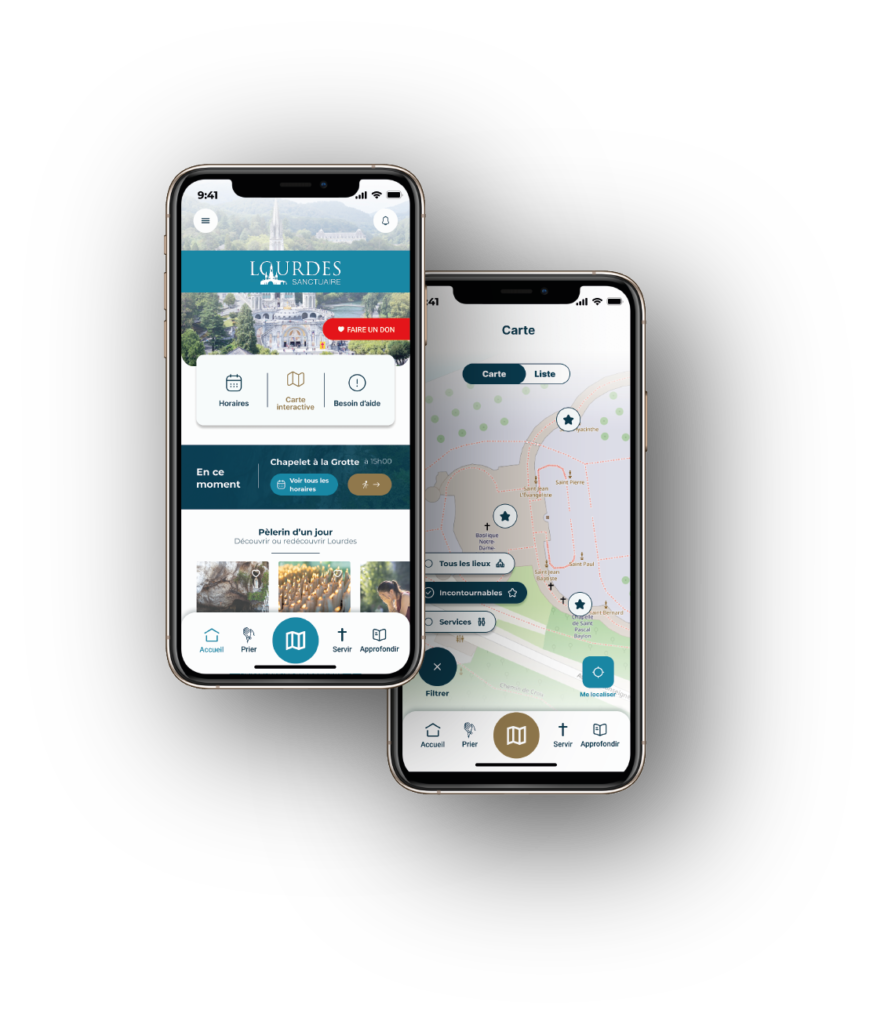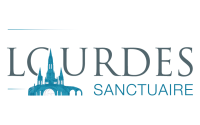The baptism of Jesus, celebrated on the Sunday after Epiphany, 12th January in the year 2025, is one of the best recounted events in the life of Jesus, as all four evangelists mention it.
It is the first public manifestation of Christ. At his birth in Bethlehem, he had only been revealed to a privileged few: the shepherds, and the Magi on the day of the Epiphany. Now, all those around John the Baptist – his disciples and the crowd gathered on the banks of the Jordan – witnessed a more public manifestation.
The water of baptism
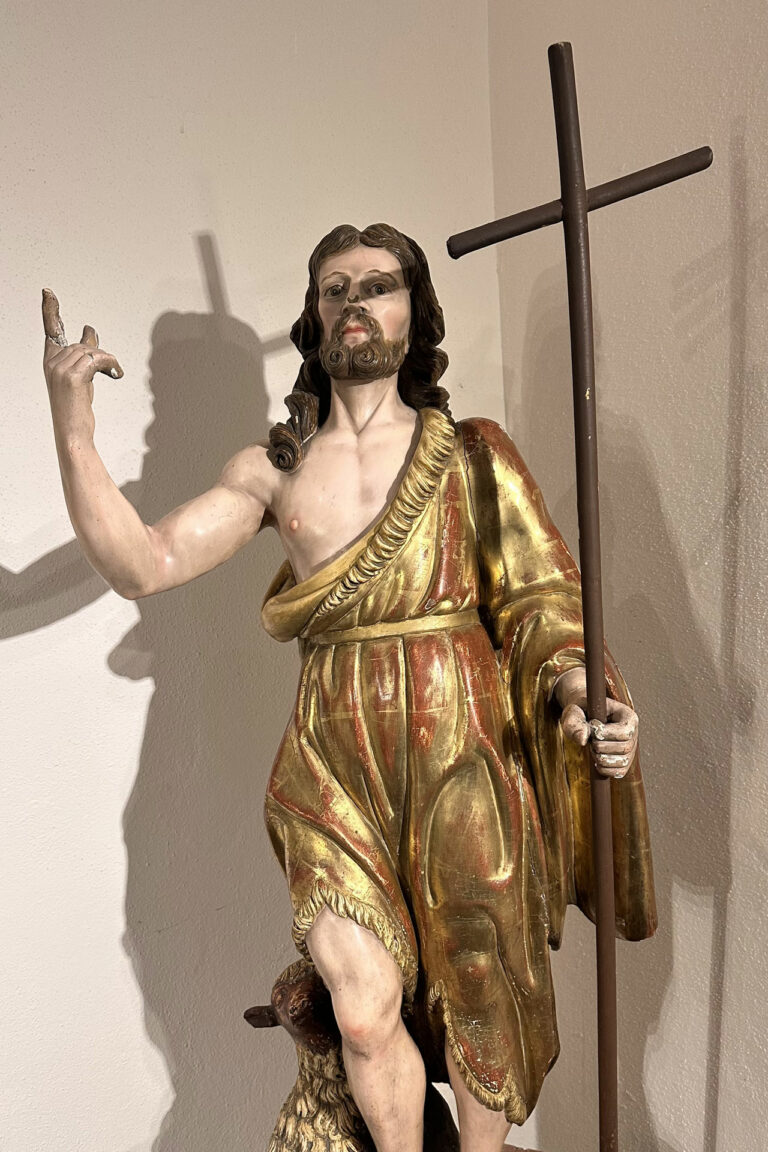
Baptism is the first of the seven sacraments of the Catholic Church and marks the entry of the faithful into the Christian community. In this fundamental rite, water is the symbol of purification from sin and of spiritual rebirth.
The water of baptism, blessed by the priest, is poured over the head of the baptised person, or the person is immersed completely, depending on the tradition. This gesture symbolises death to sin and resurrection with Christ. As Saint Paul wrote in his letter to the Romans (6:3-4), “All of us, who have been baptised into Christ Jesus, were baptised into his death? Therefore we have been buried with him by baptism into death, so that, just as Christ was raised from the dead by the glory of the Father, so we too might walk in newness of life.”
In Lourdes you can receive five of the seven sacraments of the Catholic Church: confirmation, reconciliation, the Eucharist, the anointing of the sick and priestly ordination.
The only sacraments that cannot be administered here are baptism and marriage, as the Sanctuary is not a parish. As a result, it cannot administer the sacraments that mark entry into the active life of a community of the faithful.
The importance of water in Lourdes
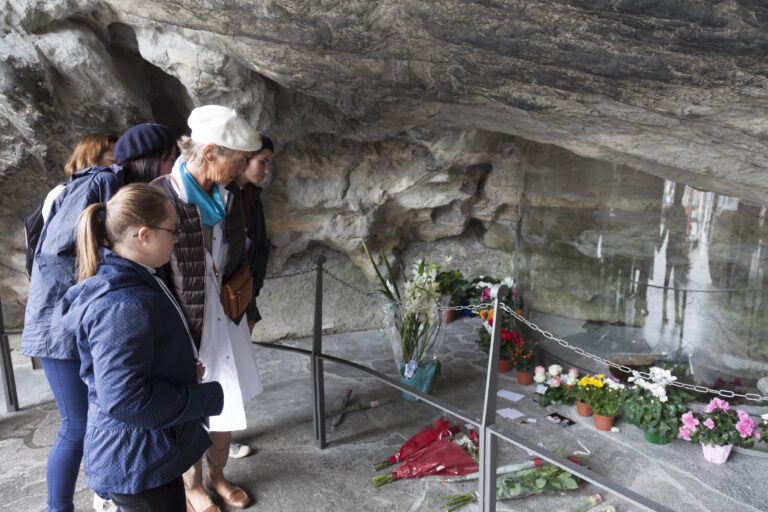
The first cures at Lourdes were linked to the water from the spring discovered by Bernadette at the Grotto of Massabielle on the instructions of the Virgin Mary. On 25th February 1858, the day of the 9th apparition, Bernadette was told to ‘go and drink from the spring and wash.’ But as Bernadette herself made clear, this water is of no value without faith and prayer. It has no miraculous powers, yet the Lord can use it as a sign of his work. The miracles of Lourdes are a universal sign of ‘true’ healing.
Water is present from the very first moments of Christian life through the sacrament of baptism, and is also used in various rituals and sacraments, constantly reminding the faithful of their purification and their belonging to the Christian community.
In Lourdes, pilgrims can receive the sacrament of reconciliation during their pilgrimage. This sacrament is a sign of God’s infinite love. By acknowledging that we are sinners, we believe that God’s infinite love is always the strongest. To complete this sacrament that washes and purifies, pilgrims are invited to perform the water gesture or bathe at the Baths.
Holy water: a sign of blessing and protection
The faithful cross themselves with holy water as they enter a church, a gesture that recalls their baptism and the purification it brought. Holy water is also used to bless people, places and objects, invoking divine protection. In this way, water becomes a tangible link between the sacred and the everyday, reminding us that God’s grace permeates every aspect of the lives of the faithful.
Lourdes water is not holy water unless the pilgrim asks a priest or a Lourdes ‘chapelain’ to bless it. It is available to anyone who wishes to take some with them. It is completely free and cannot be sold.
If you would like to receive water from Lourdes, the Sanctuary invites you to contact your nearest pilgrimage organisation.
